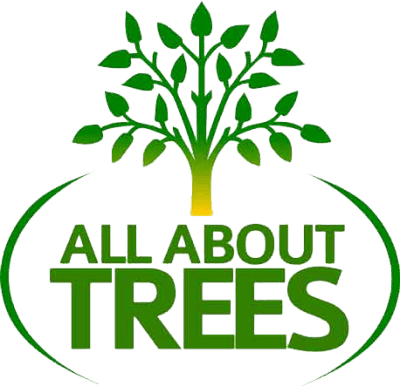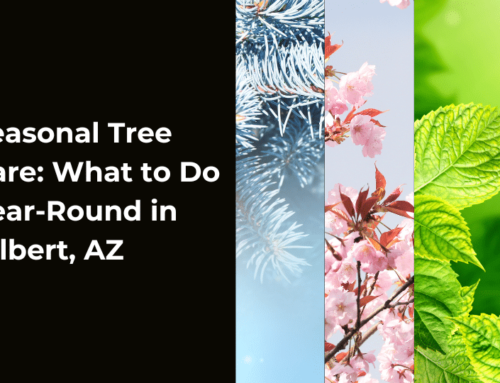
How to Tell If Your Tree Is Alive or Dead in 2023
As our environmental consciousness continues to evolve in 2023, our responsibility to preserve trees becomes increasingly crucial. Trees play an integral role in our ecosystem, providing benefits such as clean air and habitat for wildlife. To safeguard our environment, it’s imperative to differentiate between live and dead trees. In this article, we’ll place a strong emphasis on the key points of tree diagnosis, identifying live trees, recognizing signs of a dying tree, and answering the question, “Is my tree alive or dead?”
Identifying Live Trees
Determining the health of a tree boils down to these fundamental observations:
- Vibrant Leaves and Foliage: Healthy trees boast a canopy filled with lush, green leaves, signaling their vitality.
- Signs of Growth: Robust trees exhibit signs of renewal, such as fresh buds and new shoots.
- Wildlife and Insects: A thriving ecosystem surrounding a tree suggests its overall well-being.
To assess physical characteristics:
- Flexible Branches: Live branches should be pliable, not brittle.
- Healthy Bark: Bark that is intact and free of cracks or damage is indicative of a healthy tree.
- Sap Flow: A quick scratch test on the bark can reveal the presence of sap, a positive sign of tree health.
Dead Tree Signs
Recognizing the signs of a dead or dying tree is equally important:
- Lack of Leaves or Dead Foliage: Dead trees often present with an absence of leaves or withered, lifeless foliage.
- Cracked or Peeling Bark: Damaged or missing bark is a common feature of dead trees.
- Brittle Branches: Dead branches are prone to breakage, posing potential safety hazards.
Be vigilant for signs of disease and pest infestations:
- Fungus Growth: The presence of fungi, such as mushrooms on the tree, is a strong indicator of decay.
- Infestation by Insects: Wood-boring insects can significantly weaken and ultimately kill a tree.
- Discolored or Rotting Wood: Soft, discolored wood points to severe distress within the tree.
Tree Diagnosis
Navigating the gray area between a living and a dying tree requires careful consideration:
- Observe Changes Over Time: Regular monitoring of your tree’s condition helps identify evolving signs of distress.
- Conduct a Scratch Test: Gently scratch the bark to reveal the wood underneath. Green or moist wood indicates a healthy tree, while dry, brown wood signals trouble.
- Seek Professional Help: When in doubt, it is highly advisable to consult with a certified arborist who possesses extensive experience in the field.
Is My Tree Dying?
Assess your tree’s health through these steps:
- Self-Assessment Checklist: Use the live and dead tree signs provided earlier to conduct a thorough evaluation of your tree.
- Immediate Attention Signs: Address issues such as falling branches, extensive decay, or pest infestations urgently to ensure safety.
- Early Intervention: Many struggling trees can be saved with proper care, such as tree pruning, fertilization, or pest control. Acting promptly can make a significant difference.
How All About Trees Can Help
In 2023, the welfare of our trees is paramount. Understanding how to identify live trees, spot those that are dying, and diagnose their health is essential for preserving our environment. When seeking professional assistance, remember that All About Trees is here to help. With over 25 years of experience in the industry and ISA certification, we are committed to safeguarding your trees and the environment.
Is your tree showing any signs of dying?






